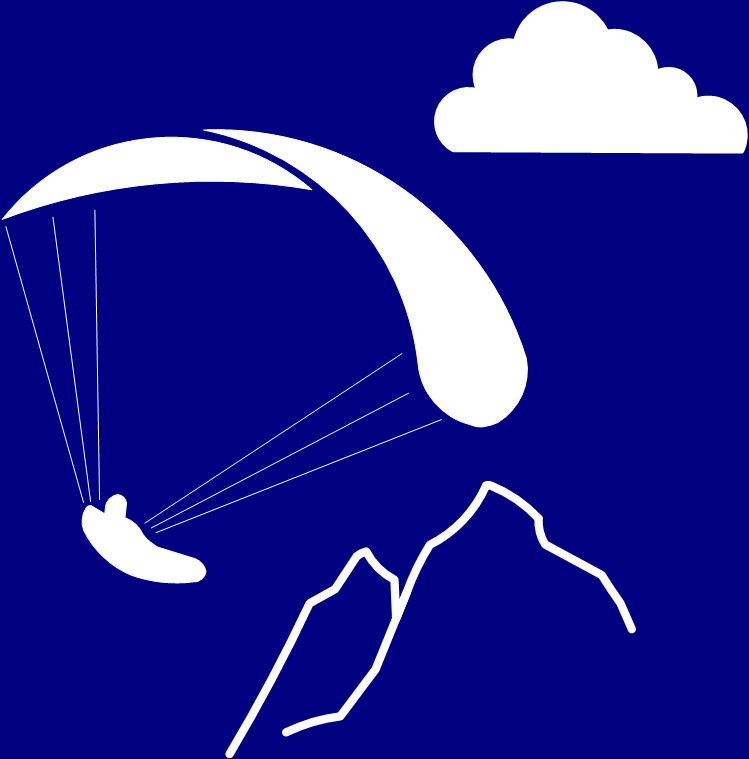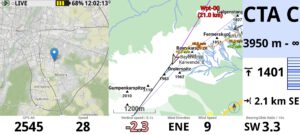How do I determine the correct take-off weight? An important factor to be safe in the air.
It’s no secret, the behavior of the paraglider, especially in extreme situations, depends largely on the take-off weight. Especially Ozone and especially from the C class, I fly the Alpina 4, want to be flown in the upper weight range. But how do you determine the take-off weight? The equipment can be very variable, depending on the season and temperature, hike and fly, cross-country flight, depending on which adventure is planned. Therefore I have created a simple Excel file with a few formulas (without VBA programming) which I am happy to make available here.
It’s very easy to fill out. Enter the product in column A, e.g. paraglider, harness, helmet and other items of equipment. Enter the corresponding mass in grams in column B. An “x” can now be entered in columns C, G and I, depending on which project is planned. The sum of the masses can be read in line 31.
I have listed and totaled the sum of food, bivouac equipment and pilot with clothing separately. Finally, line 61 shows the take-off weight. Of course, the Excel file can be expanded or shortened as desired, only the formulas in the cells have to be updated.
I determined almost all masses with an exact kitchen scale, I took some masses out of the manufacturer’s data sheets because they are difficult to weigh. I believe the masses are reasonably accurate, only the pilot’s weight is an unknown and not easy to measure. Not only that it can of course fluctuate over the course of the day and over weeks, but the personal scale is more of an estimator than an accurate measuring instrument.





